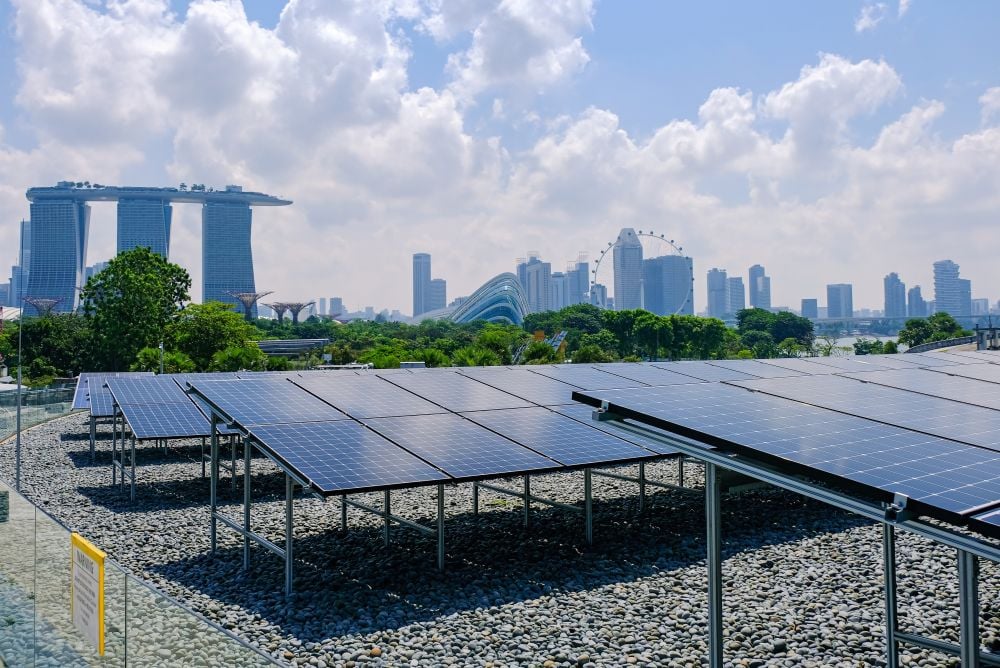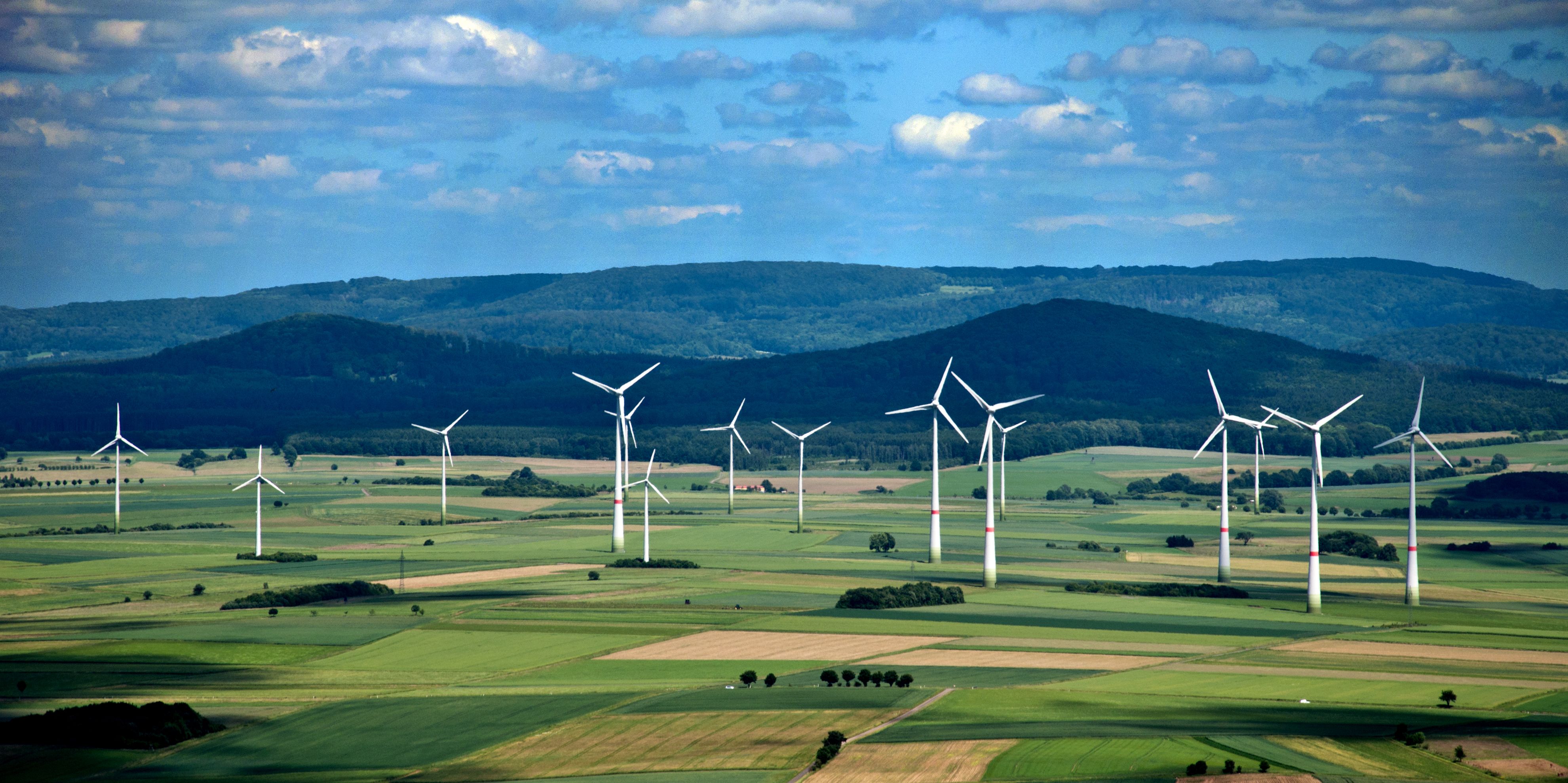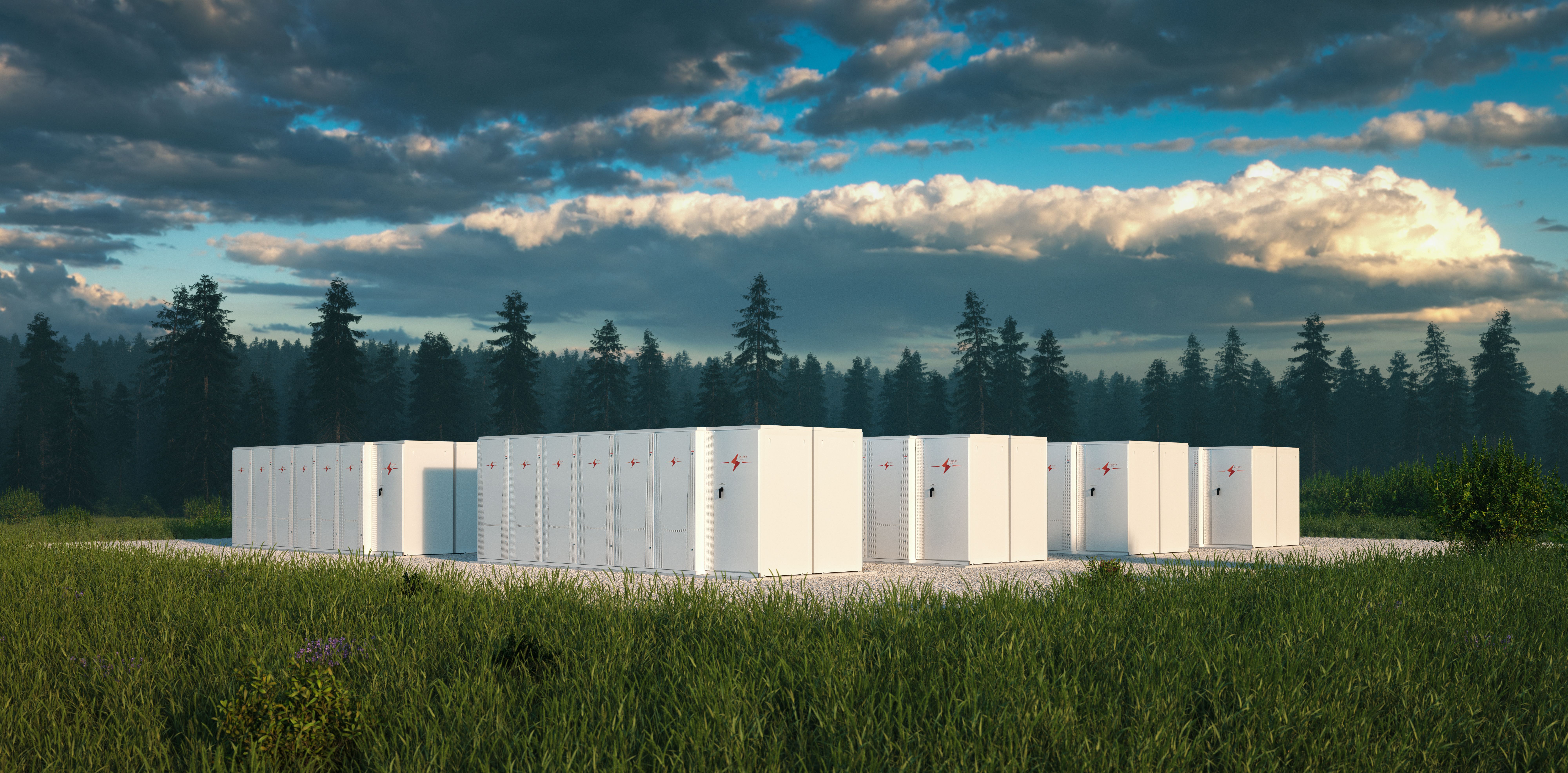While there have always been investment opportunities in environmental risks such as typhoons, earthquakes, and floods, these have traditionally been long-term plays for institutional investors like insurance and reinsurance companies with extended horizons and plenty of cash.
However, the Covid-19 outbreak, plus the greater frequency of natural catastrophes in recent years, is creating more awareness of the opportunities available in environmental risks for non-institutional investors. The outbreak has also increased the general awareness of environmental, social and governance (ESG) investing.
Investing in environmental risk, however, involves a sophisticated process of building investment vehicles capable of restructuring catastrophes into investible formats.
One such format that is gaining interest is that of insurance-linked securities (ILS), which encompasses catastrophe bonds and other forms of risk-linked securities. These are basically financial instruments whose values have been affected by an insured loss event and are then sold to investors.
ILS have been gaining interest from investors because of their low correlation to financial markets, which have been very challenging and volatile in recent years, and the diversification value they bring to a portfolio.
The share of ILS as an alternative source of capitalization for the global reinsurance market has been increasing steadily since 2006.
.jpg)
Catastrophe insurers generally protect themselves by spreading their risks to reinsurers, who, in turn, mitigate their exposure by transferring part of their risks to other reinsurers in a transaction known as retrocession.
In Asia, many insurers and reinsurers are tapping into the ILS market. ILS are particularly useful for insurers and reinsurers in managing their exposure to natural catastrophes, which can be costly to maintain on their balance sheet due to high regulatory capital requirements.
The diversification value of ILS was demonstrated during the 2008-2009 global financial crisis when ILS posted a 5.1% return based on the Swiss Re Cat Bond Index, while global equities posted negative 54% returns.
In Asia, the growing interest in ILS was highlighted by the recent acquisition by Peak Reinsurance (Peak Re), a Hong Kong-based reinsurance specialist backed by Fosun International, of the Bermuda-based ILS specialist Lutece, which Peak Re rebranded as Peak Capital.
In an interview with The Asset, Peak Re chief executive officer Franz Joseph Hahn, says Lutece, which is known in the ILS market for operating a very specific and targeted retro strategy, will provide Peak Re with a platform for expansion into other areas of the ILS market.
The acquisition is intended to strengthen Peak Re’s underwriting and operating franchise by adding Lutece’s ILS and structuring expertise. Hahn is eyeing building ILS structures that focus on catastrophe risk in emerging markets and can provide opportunities for investors.
“We have started with ILS structures around our own business that we are underwriting,” he says. “It includes our Chinese and Asian business, so it’s more diversified than the usual ILS structures. And that makes it very interesting from a diversification point of view to investors.”
The long-term nature of the on-going pandemic is also expected to drive appetite for greater insurance and reinsurance protection, which will provide more opportunities for investors in ILS structures.
“Of course, the retrocession market and the ILS markets are certainly, in the short to mid-term, affected by what has happened over the last couple of years with the natural catastrophe activity, which was much higher than over the preceding eight years,” Hahn says.
In addition to the acquisition of Lutece, Peak Re has also upsized its reinsurance sidecar – an entity set up by insurers and reinsurers who are looking to either partner with investors or accept capital from third-party investors. The value of Peak Re’s reinsurance sidecar, known as Lion Rock Re II, was boosted to US$77 million with investments from high-quality global investors.
Lion Rock Re II, which was set up and completed in 2019, will also enter into an exclusive quota share arrangement with Peak Re to reinsure part of Peak Re’s global property reinsurance portfolio. The deal will provide Peak Re with a source of capital markets-backed collateralized retrocession, covering part of the reinsurer’s global property reinsurance portfolio.
Lion Rock Re II is slightly bigger than its predecessor, Lion Rock Re I, which was announced in December 2018 and amounted to US$75 million. It was the first known reinsurance sidecar in Asia.
“Lion Rock Re II will allow us to continue our drive towards modernizing reinsurance and bringing more communities under the umbrella of protection that insurance and reinsurance provides,” Hahn says.
Hahn, who also looking to set up Lion Rock Re III, says that the continuing investor interest in the reinsurance sidecars shows that Hong Kong can become a hub for ILS investors.









